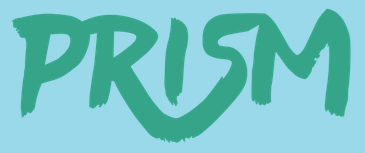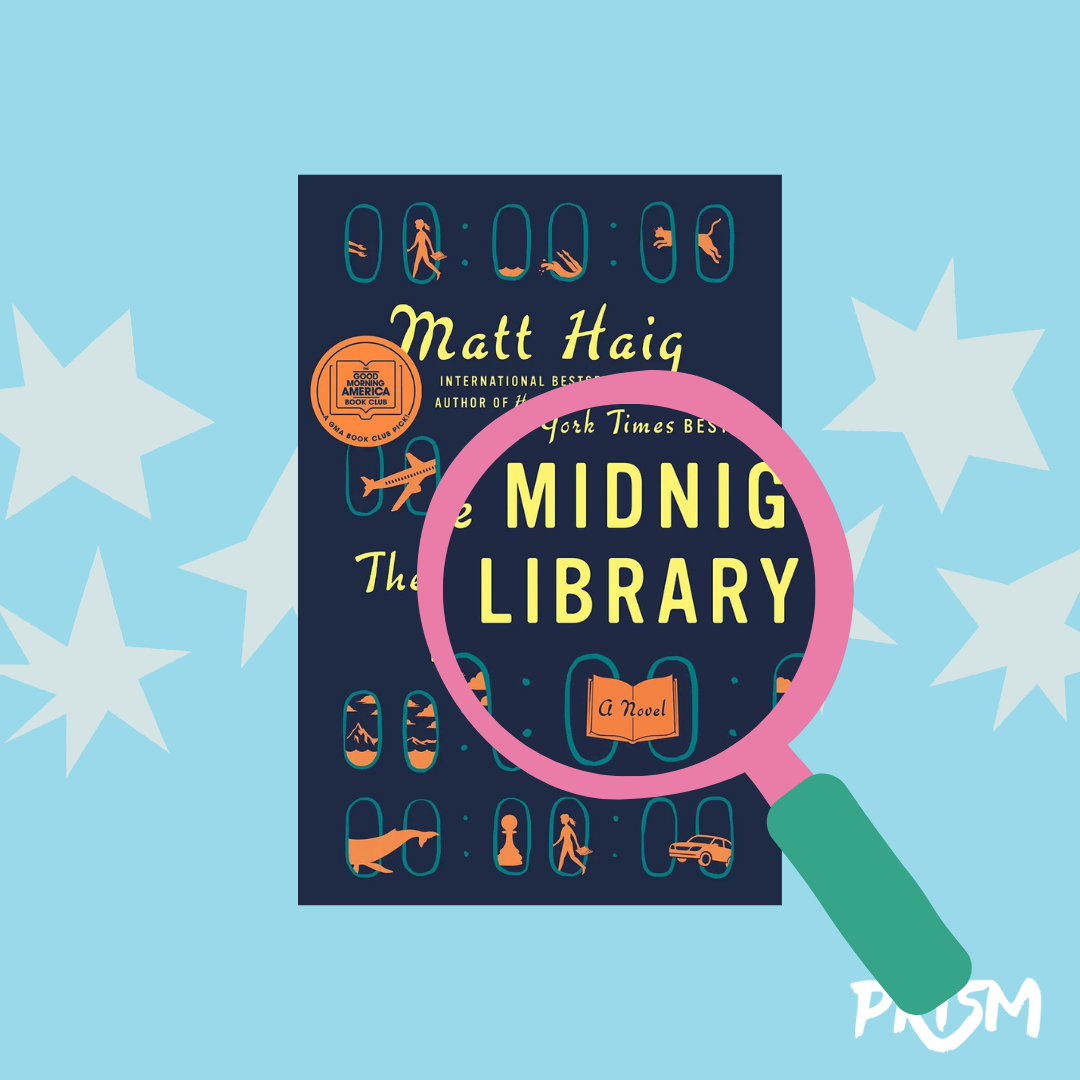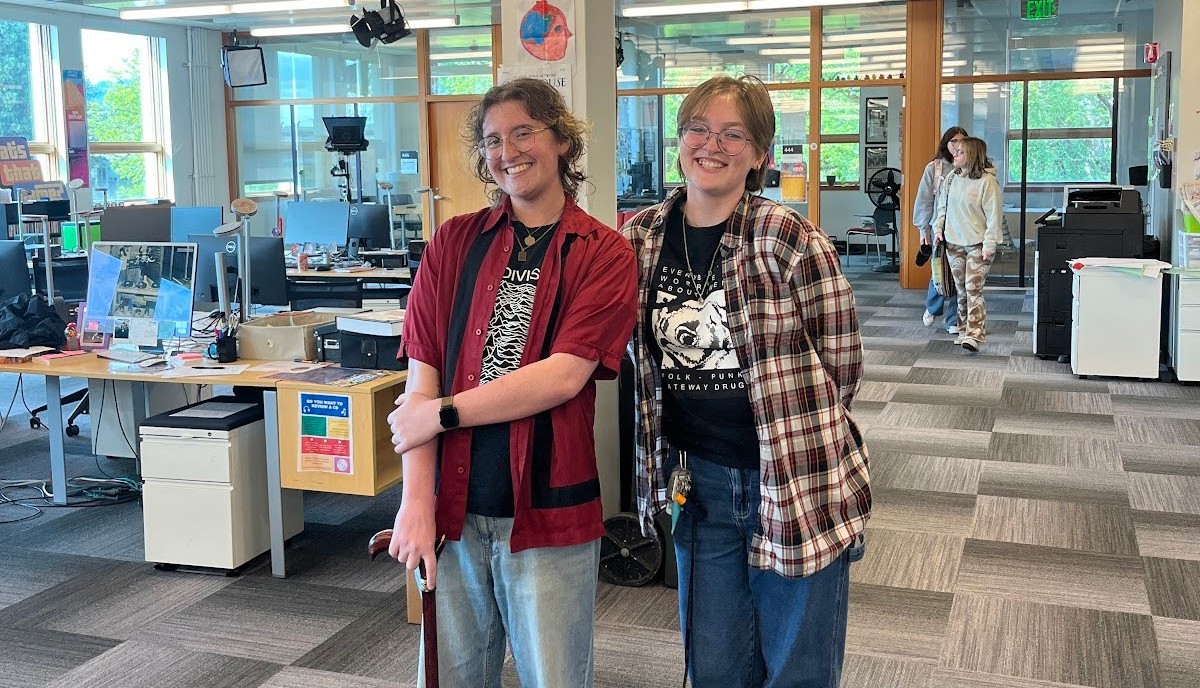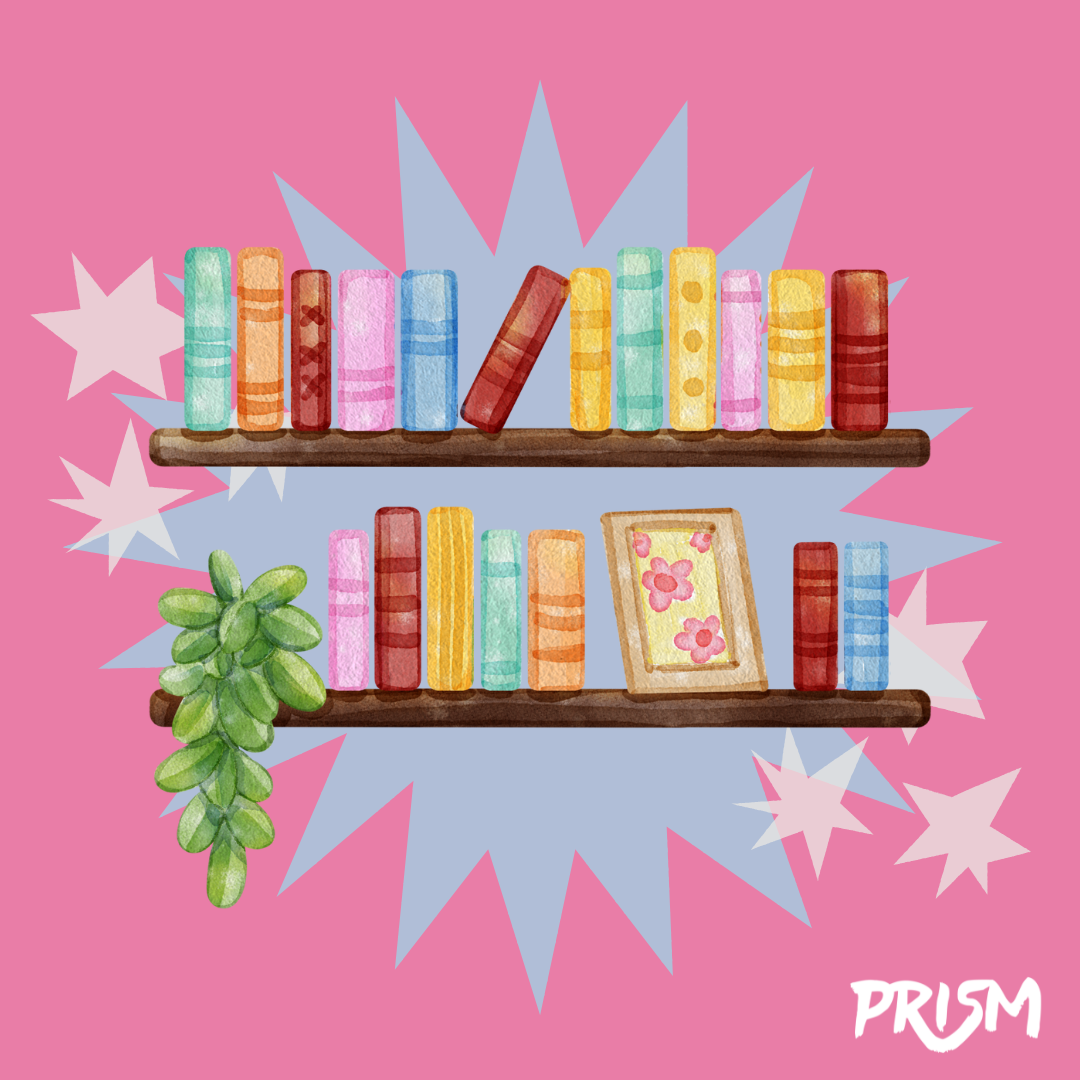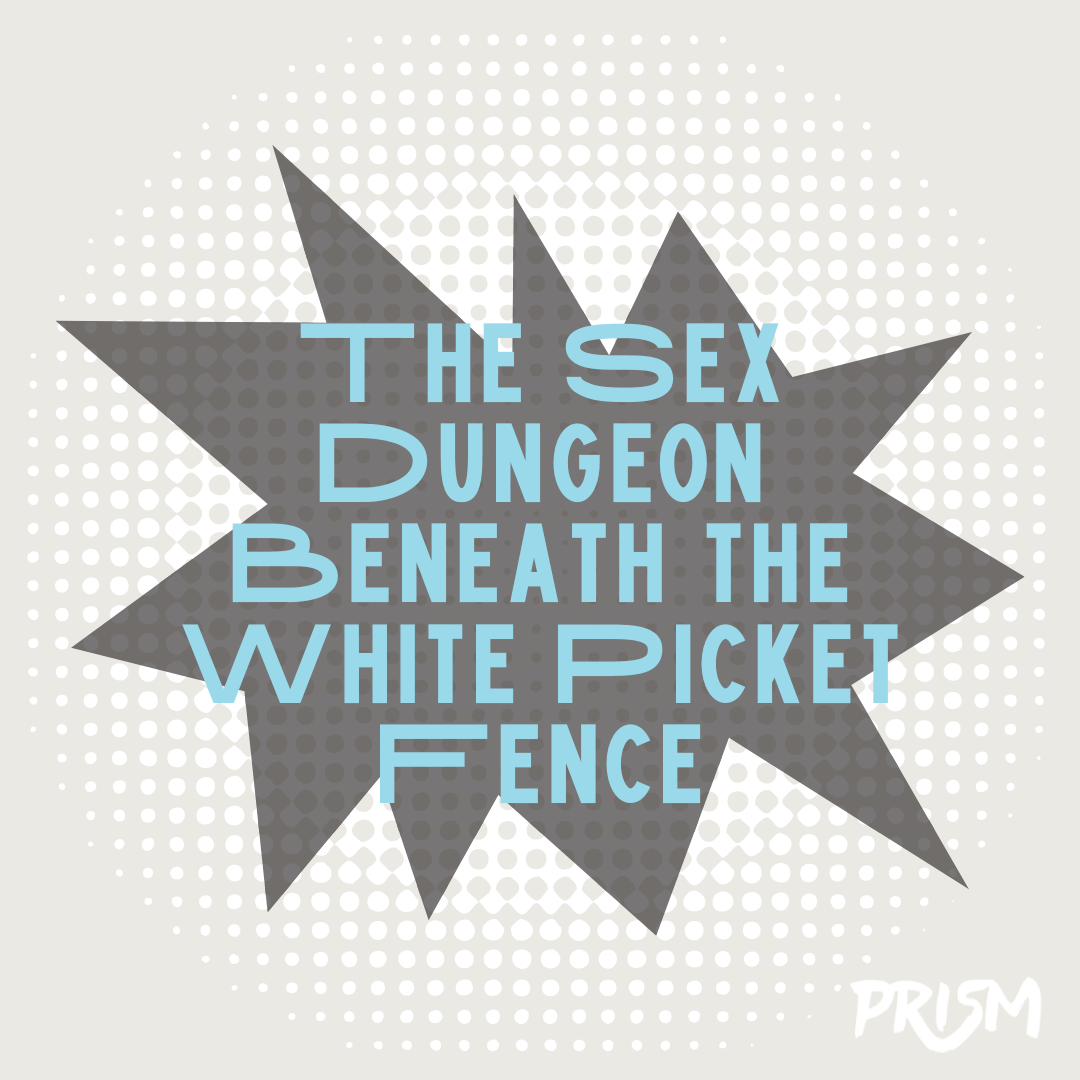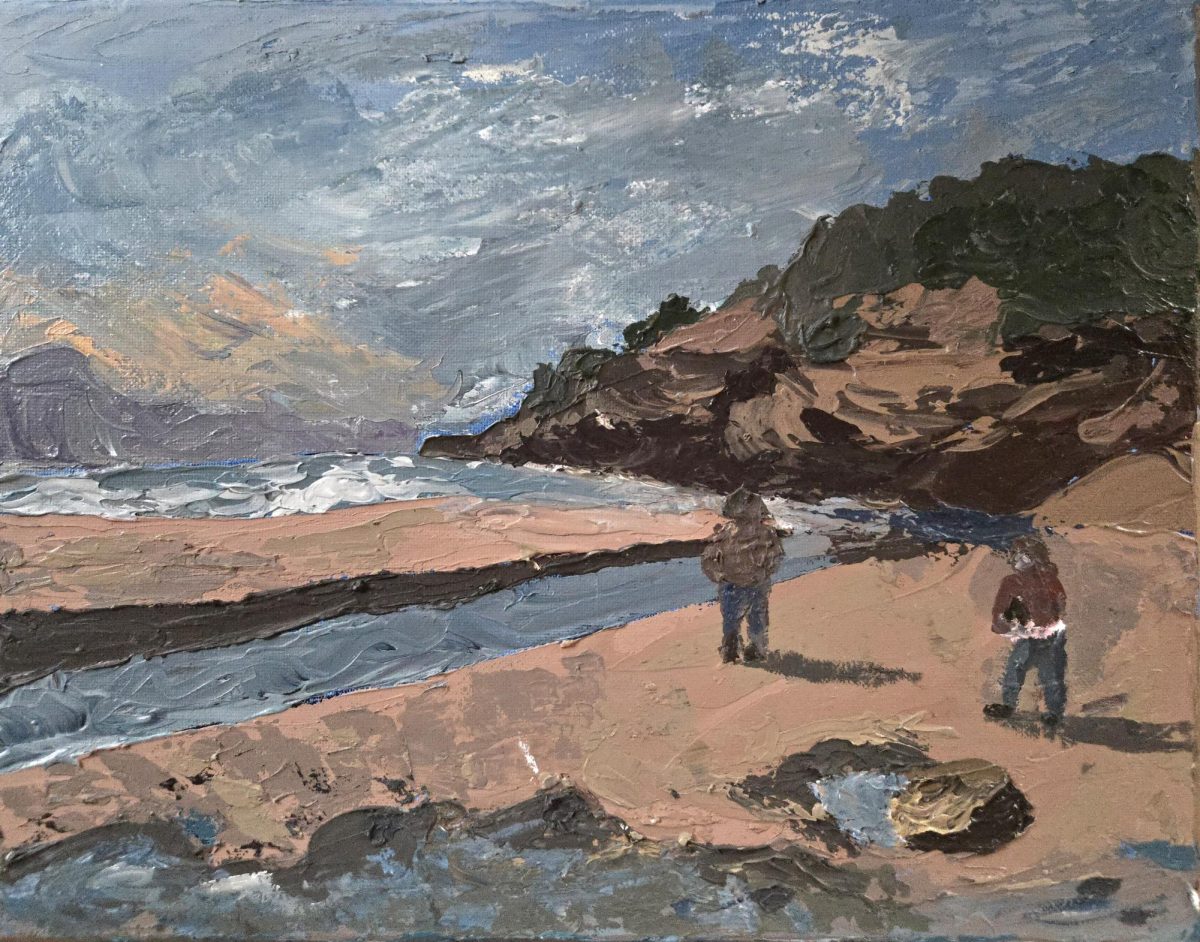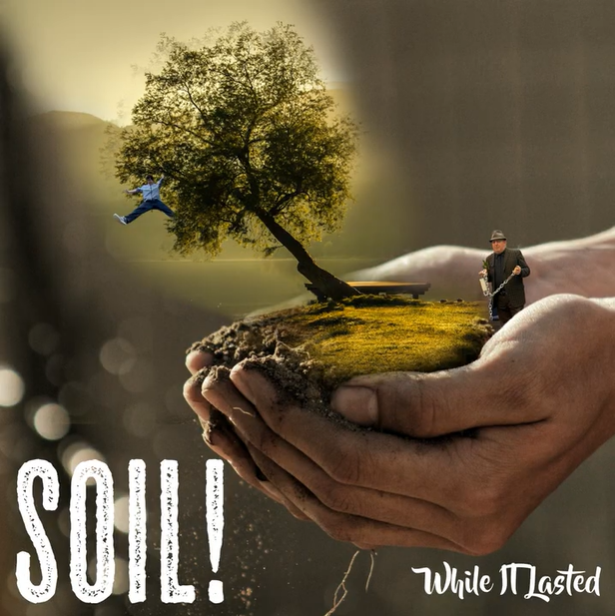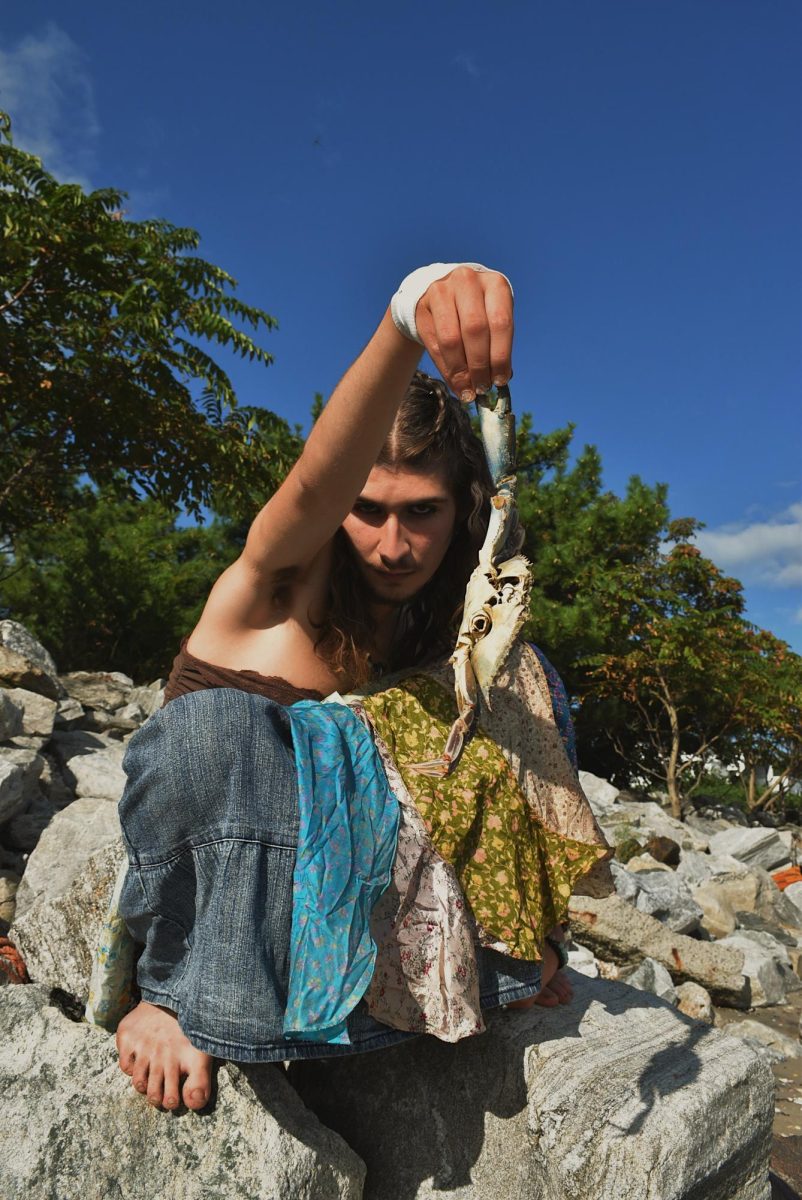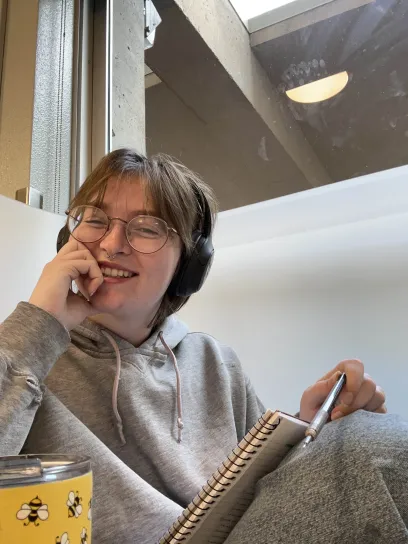Content Warning: Suicide, Suicidal Ideation, Self Harm
At the risk of sounding conceited, let’s harken back to two specific quotes from my previous blog posts.
First, in my review of all the books I read in 2024, I had this to say about “The Midnight Library” by Matt Haig: “4/5 — (CW: Suicide, Suicidal Ideation) … It’s so refreshing to hear Haig’s perspective that potential is inert, it is not wasted or doomed — the simple possibility that you could have done all these things lives inside of you, you are not wasted for not capitalizing on your potential, you are as strong as the part of yourself that could have taken you to the moon.”
And second, let’s call back to my review of Rainbow Kitten Surprise’s album “Love Hate Music Box” — and this is the important one: “For now, I am a lover of music and a critical enjoyer of all things I love.”
Now that we’ve laid the groundwork, we can get into the meat of this post. A little over a month ago, one of my favorite book reviewers/video essayists released a video on YouTube titled “Conservative Self-Help” with the book cover of “The Midnight Library” prominently displayed in the thumbnail. Having subscribed to Owl Criticism for his in depth analysis and, well, criticism of bad books, I was only a little shocked to see a book I reviewed fairly highly show up on his page.
Of course, in my own review I touched on its uninspired prose and stilted dialogue, so it wasn’t incredibly surprising, but with a run time of 85 minutes and some change, I figured there was more than just some not great writing going on. This is where that “critical enjoyer of all things I love” comes in — I wanted to see what I had missed.
I tend to rate books based on what I get out of them rather than what technical choices they employ, but if I’m using those reviews as a basis to recommend books to others, I should probably be a little more choosy with my words. So, I clicked on the video and watched it all the way through.
And then I spent three hours rewatching it and taking notes so I could articulate my new thoughts for you here.
Allow me to begin by explaining my biases (excuses, rather): My therapist (oop, too personal?) gave me her copy of this book to read. This, admittedly, is the most likely reason that I didn’t catch Matt Haig’s biases, prevalent within “The Midnight Library”: He and, as a result, his book are incredibly anti-talk therapy and anti-medication.
Well … that’s not great.
For a man considered a “mental health guru” by many — professional reviewers, famous fans and everyday readers alike — Haig is incredibly averse to the most common ways for people to manage their mental illnesses. Instead, he’d rather you read his many self-help nonfiction books, including his memoir, and his self-help fiction book, “The Midnight Library.”
Owl Criticism calls this latter fusion of self-help nonfiction and feel-good fiction “Live Laugh Literature” — a genre that “uses the mechanisms and pretence of fiction to convey some thinly veiled self-help moral intended to make the audience feel good.” He also explains this genre as a “modern extension of classic fables,” stories with simple characters, simple morals and a simple happy ending.
Because of the nature of thus called Live Laugh Lit, the stories tend to be fairly uncomplicated and, especially in the case at hand, fairly contrived. As Owl Criticism puts it, the impact of fables and folklore on this modern media tends to result in two-dimensional characters that “exist as vehicles for different philosophies,” and nothing more.
Before we get into the problems with “The Midnight Library” that I overlooked until watching this video essay, I want to quote Owl Criticism twice more. First, “Live Laugh Literature” tends to be vague — or, as he also puts it, “uniquely easy” to boil down to a simple aphorism. What this means for “The Midnight Library” is that we should be able to boil down the book to a simple call for survival, likely starting with “don’t kill yourself because …” — more on that later. Another thing I want to point out is this quote from the video: “All self-help relies on the supposition that the writer knows something you don’t,” which becomes absurd “when the problem your book subtextually claims to fix is your fundamental dissatisfaction with life.”
So, let’s get into the plot: Our main character is Nora Seed, who begins as a school-aged girl at the onset of the book. She’s playing chess in the school library with the librarian, Mrs. Elm, and immediately after Elm tells Nora that she can do and be anything, that she has her whole life ahead of her, they receive a call that Nora’s father has died.
Then we’re catapulted to Nora Seed, aged 35, on the worst day of her life.
The day that Nora kills herself is truly where the contrivance begins. Here’s a short list of everything that goes wrong that fateful day: 1) Nora is fired from her job at String Theory, an aptly named music shop; 2) Nora’s elderly neighbor no longer needs her help getting his prescriptions; 3) Nora’s distant brother came to town and didn’t see or tell her; 4) her only piano student cancels all future lessons; 5) her cat, Voltaire, is hit by a car and dies; and 6) every single person she runs into over the course of the worst day of her life is dead-set on reminding her of the amazing lives she could have lived and how she’s just kind of a loser now.
That last one does a lot of heavy lifting for the exposition of the book and becomes a bit absurd, because Nora Seed was apparently the best to ever do it. And by “it” I mean quite literally everything. Of her five main regrets, two are quite simple: What if she actually moved to Australia with her now estranged best friend Izzy and what if she actually married her now ex-fiance Dan and they opened a pub together? Alright, sure. But in the same life Nora is regretting these missed opportunities, she’s also regretting not becoming an Olympic swimmer (which she was set to do), not becoming an international rockstar with her band The Labyrinths (she walked out on an already set record deal, interviews, merch, etc.), and not becoming a glaciologist (and a renowned one at that).
It’s not impossible, it’s just bizarre. But, okay, let’s get on to the end of the worst day of Nora’s life: She kills herself and then wakes up in a place between life and death, an infinite library presided over by a version of Mrs. Elm.
The main mechanism of this in-between world is twofold: that each book contains an alternate version of Nora’s life “defined by a single choice she could have made differently,” as Owl Criticism puts it, and that she enters each life with none of the memories of the her of that universe and is plucked out when she feels disappointed by that life.
Should she not feel disappointed, she will gradually acclimate to her new life, gain the memories of the version of her from that life, and eventually forget about the library and her so-called “root life.”
Let’s get into the first couple lives before I broach the two largest problems brought about by this world building.
Life one sees Nora married to Dan and running the pub they’d dreamed about. I’m in agreement with Owl Criticism when he says that this first foray into alternate lives worked. The quick disappointment Nora feels is understandable — the juxtaposition of the dream life with Dan’s cruelty not only supports her trip back to the library but makes the next lives more intriguing.
Life two sees Nora back at home if Voltaire hadn’t been hit by that car. Turns out, he would have died anyway, so back to the library.
Life three sees Nora if she had moved to Australia with Izzy. But, oh no! If she had moved to Australia with Izzy, that “one” decision would have shifted the universe ever so slightly so that Izzy would have died in a car wreck on her way to Nora’s birthday party. So, back to the library.
Life four is where we start losing momentum. The intrigue is gone and the largest problems solidify themselves. Here, Nora is an Olympic swimmer. Here, it is also implied that her not quitting swimming would somehow have contributed to her father not dying and her mother dying much earlier and her parents getting divorced, as it is the only life wherein any of those things occur. So, other than that, what are the problems here? Let’s call them the Memory Problem and the Medicine Problem.
The Memory Problem comes about in two main ways. First, her contentment in a life is dependent on immediate gratification, so how could she ever feel happy in any of these alternate lives without the memories that led up to them? Second, without these memories, Nora’s disappointment in certain lives is purely because of assumptions she makes about them. In life four, she becomes bitter immediately, believing that the only reason she’s still a swimmer is because her dad forced her to be or that her choices are somehow directly related to things like her dad’s affair, parents’ divorce or mom’s earlier death.
The Memory Problem introduces a solution in the form of the Medicine Problem: In order to determine the “goodness” of any given life, Nora goes searching for evidence of her misery where there is none outwardly, which mainly materializes as this version of her having a therapist, being on antidepressants or having self-harm scars, if not all three at once. Nora takes these facets of a life as a sign of active misery rather than active healing, as proof that she’ll never be happy.
In life four, Nora finds evidence of all three of her benchmarks and fades back to the library. No progress made and no thought processes overturned.
So how in the world did she get to life five? The life of Nora, renowned glaciologist, about to be mauled by a polar bear and decide: Oh, well, I want to live!
It comes out of left field, but simply because this is the point in the story where Nora should stop being actively suicidal — and, probably, because being mauled by a polar bear is less than favorable — and for no other discernable reason.
That is the greater problem of the book: That nothing happens for a reason other than the fact that it probably should.
From the beginning, readers most likely understand that the point of the book is not to explore Nora’s regrets and figure out which was the most justified, but instead to conclude that her “root life” is the best life, that her “original” life is the one worth living.
But why?
Haig explains this away with a great deal of expository detail, and this is where my interpretation and Owl Criticism’s diverge.
I’m skipping over quite a few lives here, but just humor me — in fact, if you want an in depth analysis of the rest of Nora’s lives and the implications of philosophical Optimism and Conservatism within them, I encourage you to go watch Owl Criticism’s video. My goal here isn’t necessarily to criticize the book, though I’ve done plenty of that, it’s to criticize my review, so I’ll skip what I like for brevity — or, at least, as much brevity as I can manage.
My interpretation of potential being inert came mainly from the following lines in Nora’s realization during her final visit to the library, during what very well might have been her last moments in existence: “She might have missed those particular opportunities that led her to become an Olympic swimmer, or a traveller, or a vineyard owner, or a rock star, or a planet-saving glaciologist, or a Cambridge graduate, or a mother, or the million other things, but she was still in some way all those people. They were all her. She could have been all those amazing things, and that wasn’t depressing, as she had once thought. Not at all. It was inspiring. Because now she saw the kinds of things she could do when she put herself to work. … She just needed potential. And she was nothing if not potential.”
Typing it out makes me question my analysis slightly, but I’ll try to explain it anyway. In my opinion, this passage was not saying that Nora was going to attempt to travel down any one of these paths when returned to her “root life,” but instead that she was still made up of parts of all of the possibilities she didn’t capitalize on. That the basis of her success in any one of those lives, whether that be her love, her passion or her intelligence, is something that she can still access, can still employ in this life.
But, I understand how Owl Criticism got the exact opposite implication from the same lines. Where I read “the kinds of things she could do when she put herself to work” and imagined that Nora must be thinking of ways to apply herself to healing and achieving her own version of greatness, I understand how someone else can come away believing that Nora believes she is going to apply herself to continuing down the path of glaciologist or Olympic swimmer.
A problematic message, because sometimes it is too late.
This 35-year-old Nora does not have the time, means or youth to become a rockstar or a glaciologist or an Olympic swimmer, she cannot move to Australia with Izzy or marry Dan — these possibilities are gone to her now. But, regardless, the possibility of future grandeur should not be the thing that keeps you alive.
I think in my interpretation of the lines about “potential,” I’ve taken too nuanced a look at a book that lacks any nuance.
And, this lack of nuance goes back to the vagueness necessary within the broader genre of “Live Laugh Literature” — meaning, it is now time to go back to that simple aphorism we can boil “The Midnight Library” down to, that call for survival: “Don’t kill yourself because …”
When Nora wakes up in her root life, dying from her suicide attempt, she staggers to her neighbor who calls her an ambulance. In the hospital, she posts a self-helpy update on social media and her brother visits and they begin to mend their relationship. Afterwards, her piano student calls to resume lessons, and in the following days she goes to the elderly home in the area and finds Mrs. Elm is alive and well, so they play chess, the end.
Owl Criticism summarizes the book as saying: Don’t kill yourself “because you might one day be famous.” Don’t kill yourself “because you might one day amount to something.”
But, I want to argue that the book doesn’t argue that you shouldn’t kill yourself. Not at all.
For all Nora goes on about her potential, about the choices that she makes impacting people and putting her regret behind her, everything good that happens after her attempt just kind of … happens.
Nora doesn’t actually do anything in any of these lives, especially not her “root life,” to lead to whatever happiness she’s supposedly seeking. When she comes to in her “original” life, her piano student doesn’t resume lessons because she did something, it’s fairly random. Mrs. Elm just so happens to be alive and willing to play chess with her, and her brother comes back because she attempted to kill herself, which, I guess is something she did.
In my opinion, the message of this book isn’t to not kill yourself — what “The Midnight Library” actually says is: Try to kill yourself and survive and the universe will provide.
New rating: 1.5/5.
Now, to draw back from my ire a bit, I want to briefly talk about why I find this book to be legitimately dangerous. As funny a term as “Live Laugh Lit” is, it still represents the fusion of feel-good fiction with self-help nonfiction. And, again: “All self-help relies on the supposition that the writer knows something you don’t.”
For readers not as far along into their healing process as me, this book poses a genuine threat to their perception of the world. “The Midnight Library” derides talk-therapy and mental health medication, using them as markers to consider a life an immediate failure and implies that worth is inherently tied to fame, wealth or motherhood. As Owl Criticism puts it, “The life of every alternate Nora is boiled down to: Are there cuts on her arms, is she on antidepressants, and are the people she associates with attractive, healthy and rich?”
It was easy for me to look past the glaring red flags because of the nature of how I was given the book and how I was approaching it: I didn’t need this book to tell me how to get better.
But what does it tell the people who do?
To watch Owl Criticism’s full video, follow this link: Conservative Self-Help.

